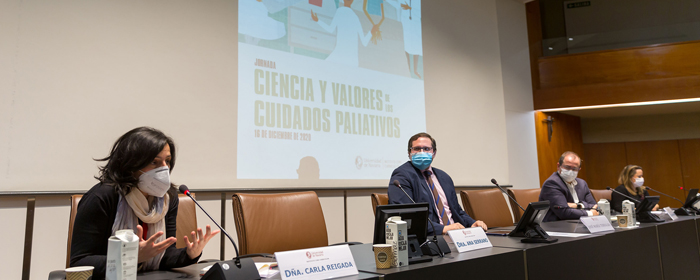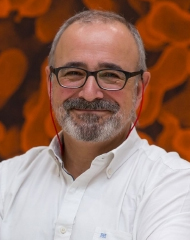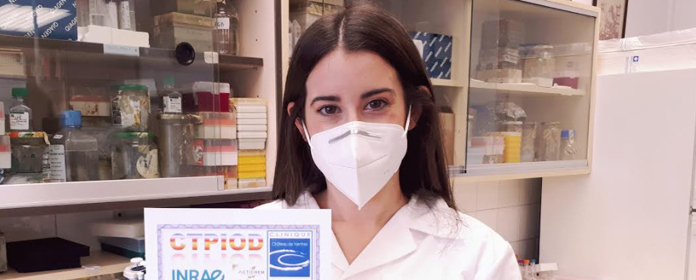Un bioquímico del CIMA de la Universidad de Navarra identifica nuevos mecanismos implicados en la cirrosis, hepatitis y cáncer de hígado
A biochemist at CIMA of the University of Navarra identifies new mechanisms involved in cirrhosis, hepatitis and liver cancer.
Joaquín Fernández Irigoyen's thesis opens new opportunities for the diagnosis and treatment of various liver diseases.
Joaquín Fernández Irigoyen, a biochemist at research center Applied Medicine (CIMA) of the University of Navarra, has identified new molecular mechanisms involved in the origin of various liver diseases. This is one of the conclusions of the thesis that he defended at the School of Sciences of the University of Navarra.
The researcher has discovered the relationship between the absence of a protein, called MTAP, and the excessive production of free radicals, one of the first alterations that occurs in numerous liver diseases, such as non-alcoholic cirrhosis, viral hepatitis, diseases derived from the consumption of alcohol, etc.
MTAP is a protein that controls the levels of the MTA molecule, which is involved in several essential processes for the correct functioning of the liver. Our study has shown that free radicals inhibit this protein, which alters the levels of the molecule," explains Joaquín Fernández.
Once these results have been confirmed, the team at the laboratory Hepatology Biochemistry team at CIMA will now focus on studying the effects of the absence of this protein in an experimental model . According to researcher, "the problem with liver diseases is that, if they are not treated early, they can trigger liver cancer development . Therefore, if we can decipher the primary molecular mechanisms of many diseases, we will be able to define new therapeutic targets that will help us to develop specific drugs and prevent future pathologies".





